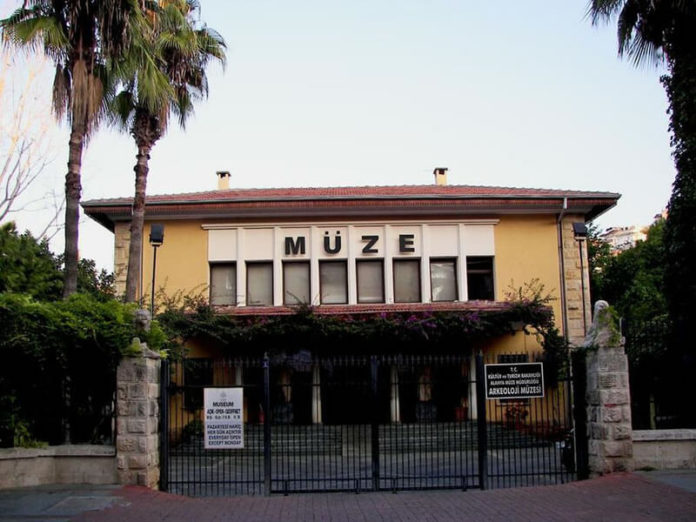Was initially opened for service in 1967. It was renewed most recently in 2013. This structure holds various sections such as Anatolian Civilisations, Ship and Navigation, Heracles, Alanya Castle and Coin Exhibition halls, as well as a children’s playground arranged in a separate room. What’s more, it holds a fair amount of turf, trees and bushes and peacocks living on them, mainly designed for prolonged breaks, in its large and wide courtyard. The artefacts found in this museum cover a time frame that extends from 12 thousand years before the present until the 19th century AD. These artefacts are put on display both in a chronological and thematic order. Among them included are an original epigraph written in Phoenician, a letter written by the Roman Emperor found in the ancient city of Syedra, a diploma of a soldier made of bronze, the Sculpture of Heracles being the shining star of the Museum, porcelain dishes of Seljuk period found during the excavations performed in Alanya Castle and ossuaries revealing the burial traditions of the region during the reign of the Roman Empire, in addition to countless others.
The 52 cm tall bronze Sculpture of Heracles, which is put on display in a separate hall within the Alanya Museum, is an artefact of the 2nd century A.D. Some researchers advocate that this sculpture was brought in to Alanya by pirates of the Mediterranean as among their loots, during the ancient times. Heracles is the symbol of might and power in mythology.
















